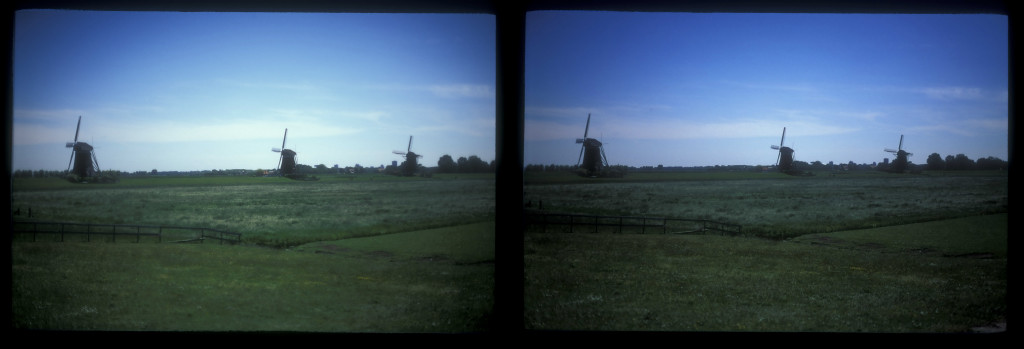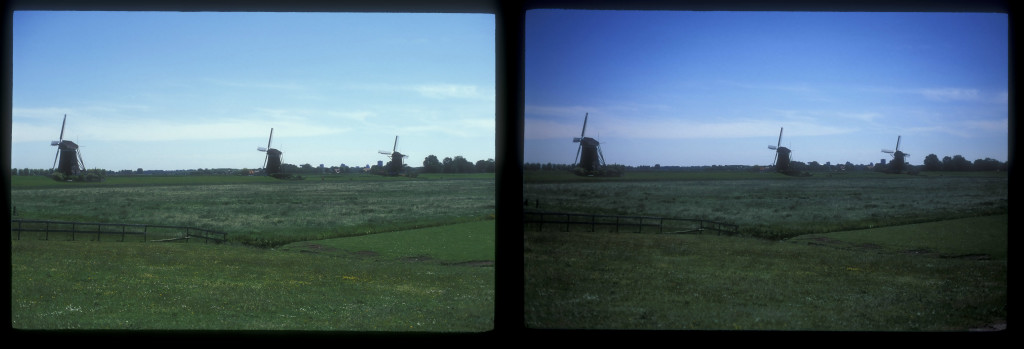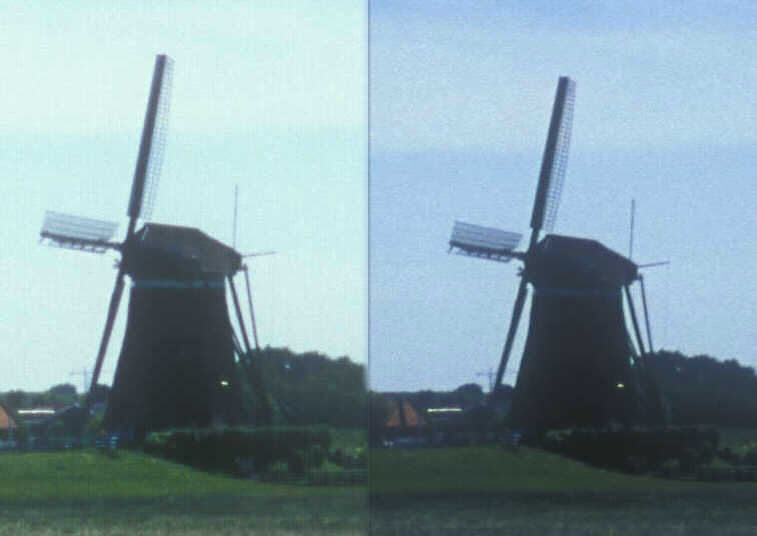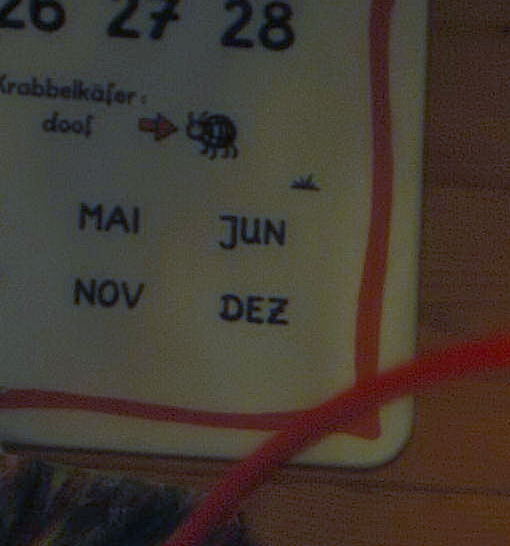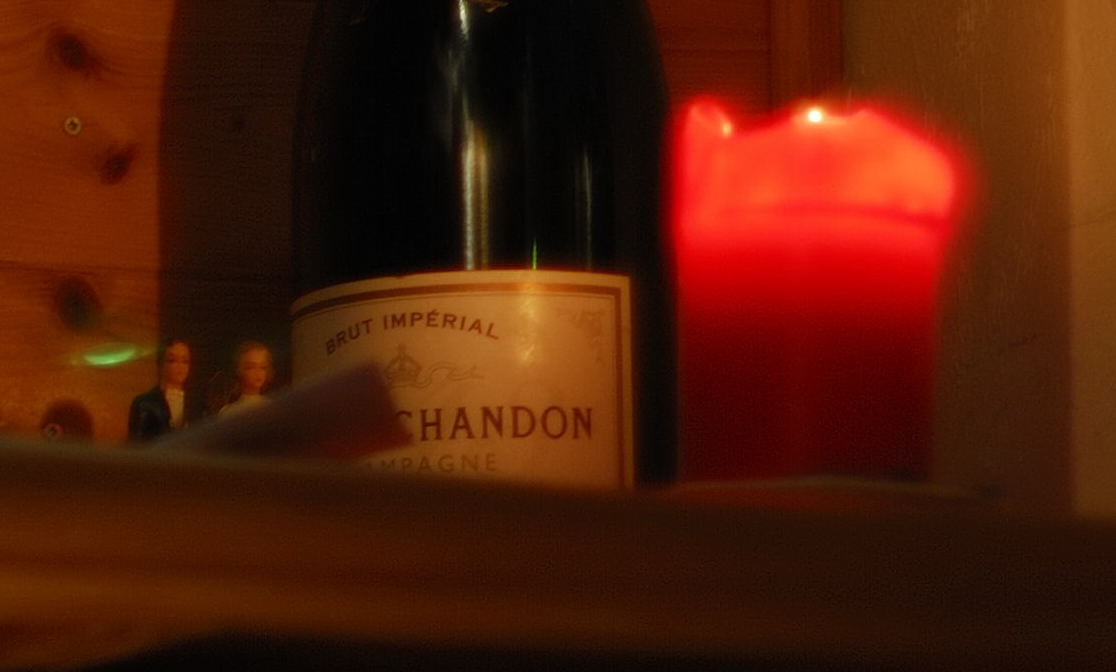Performance of the Nikkor 1.2/55 mm.
Before judging the overall performance of this lens we have to bear in mind that this lens has been designed and produced in the early 1960's. Nikon Corporation just introduced computers in its factory to do the complicated calculations. From its foundation in 1917 calculations were done by hand - on an abacus (!) - by hundreds of young women. Although Nikon had - and still has - its own glass melting facilities the production of special glass and the technique of applying lens coatings were on an other level than to date. Modern zoom-Nikkors will perform better than the older lenses. It is also interesting to see whether the investment in a relatively expensive standard lens is justified by its performance in comparison with a much cheaper and slower standard lens as the Nikkor 1.8/50 mm. To document the overall performance of the fast Nikkor the same pictures were taken with a manual Nikkor 1.8/50 mm. (see below). The (theoretical) maximum aperture of both lenses differ just one full stop. The optical formula of the Nikkor 1.8/50 mm. consists of 6 elements in 5 groups, thus having one element less. Left: Nikkor 1.8/50 mm. (1978-1982), right Nikkor 1.2/55 mm. (1977-1978)
The optical formula of the Nikkor 1.2/55 mm. has been altered three times (see specifications chapter), allowing us to test the difference (if any visible) of the three versions (see below). During its production time coatings have been improved as well. Left: optical formula 1 = #970111-986000 & 184711-219999; Mid: optical formula 2 = #220001-300556; Right: optical formula 3 = #350011-426000 An other aspect has to be mentioned when testing these lenses: they are especially made for low light photography. In circumstances were flash light is impossible or prohibited. So be aware that these lenses were not made for close-up or even macro-photography nor for portraits nor for panoramas, as their performance at infinity will be (and is) disappointing. As each lens is at its best (and calculated) at (approximately) 100 x its focal length, this lens will produce the best images at a distance of around 5 meters (15 feet).
Test conditions: all lenses were mounted on a Nikon F-801s camera, set at M(anual) and using matrix metering. A Fuji Velvia ISO-50 slide film was used by setting the ISO value manually at ISO 64. Also a Fuji ISO-200 slide film was used for taking pictures in low light conditions. All slides were examined with a Nikkormat Slide projector (with Pro-Nikkor lens) and a Leica Pradovit slide projector (with Colorplan lens). All slides were also scanned with a Nikon Coolscan IV-ED film scanner at 2700 dpi and 12 bit colour depth. All lenses were fitted with their original hood, no filters nor tele-converters, macro-rings, bellows nor flash were used. To avoid differences in one production batch (which was hardly noticeable BTW) several lenses of a particular version were used. All together 10 lenses were used at apertures from f/1.2 up to f/8. It is not advisable to use smaller apertures. Finally the AI-Nikkor version was also used on a Nikon D1X to examine its performance at infinity. Advise: as stated above all lenses should not be used at apertures smaller than f/8. All AI-versions may be used on the (digital) Nikon D1-, D2- and D3-series, but when used at A (= aperture priority setting) black images may be the result. The rather large rear element of the lens may reflect light from the camera mirror leading to a very high shutter speed. This may occur when using a Noct-Nikkor 1.2/58 mm and/or a Nikkor 1.2/50 mm as well. So use the M (manual) setting in stead! Test pictures:(Projecting slides do give better results than scanning) As pictures below will demonstrate both lenses (left: Nikkor 1.2/55mm and right: Nikkor 1.8/50mm.) show a lot of darkening at full open aperture. The faster lens even has a 'hot spot' as some mirror lenses have. The Nikkor 1.2/55 mm is not very sharp at infinity. For sharp images at infinity the lens has to be stopped down to at least f/5.6. The dark corners are disappearing at f/4. The Nikkor 1.8/50 mm has a lot of vignetting too, but is much sharper at infinity at full opening. To avoid dark corners you'll have to stop the lens down to f/4 or f/5.6.
Below the results of the two lenses at f/2.8. The Nikkor 1.2/55 mm. (at left) has almost no vignetting left but isn't sharp yet. The 'slower' Nikkor still has dark corners.
Below a crop of the mill in the center of the picture. Left the Nikkor 1.2/55mm at full aperture. Right the Nikkor 1.8/50 mm. which is a bit sharper and has more contrast
Below a crop of the mill at the far left side in the picture. Both lenses (at full opening) are performing the same, although the fast lens has a bit more sharpness as shown in the center.
Left: Nikkor 1.2/55 mm. at f/1.2; right at f/4. Results of the Nikkor 1.8/50 mm. are identical.
The Nikkor 1.2/55mm. can be used in low light conditions; it's made for it! Here a picture made with that lens, mounted on a Nikon D200, wide open at 1/15 sec. A close-up of both marked areas below.
More to come! |
